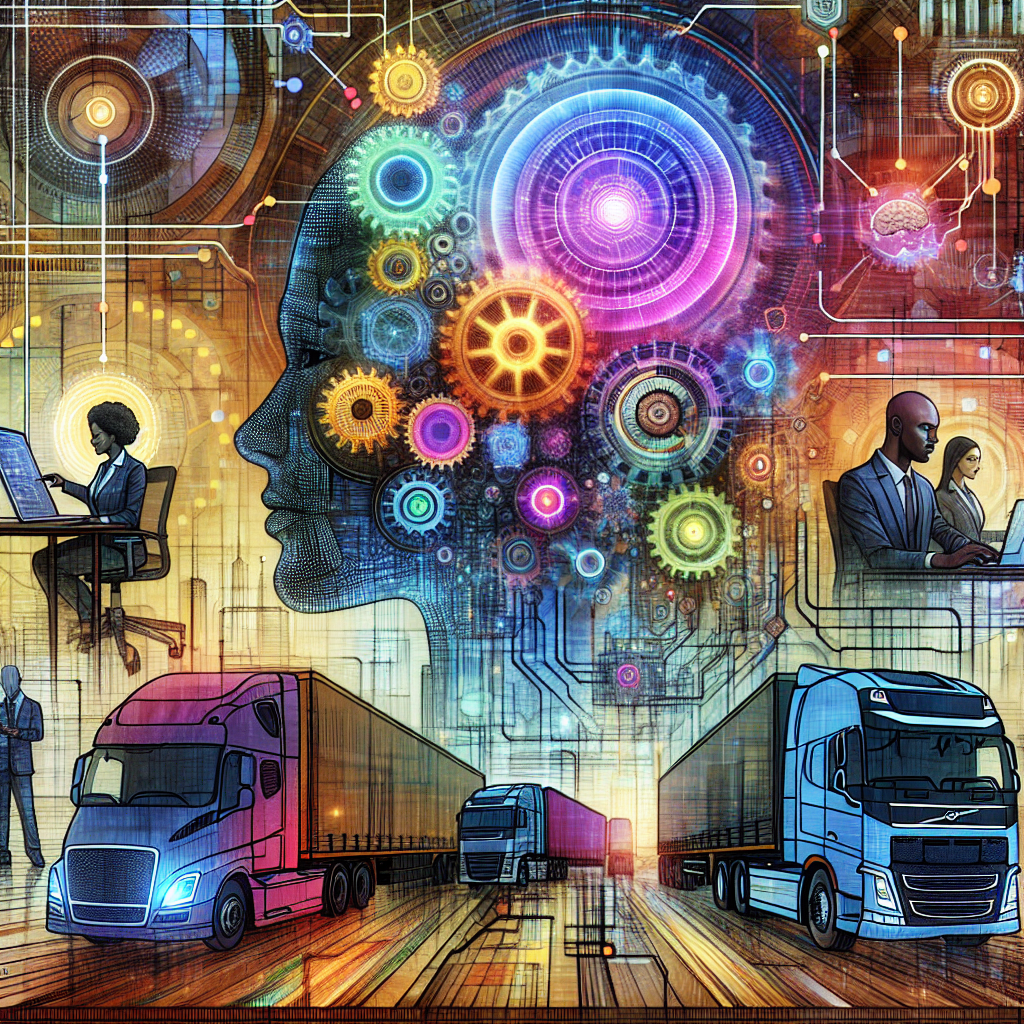Tech titans love bold claims. Venture capitalist Victor Lazarte recently declared on Twenty Minute VC that artificial intelligence is “fully replacing people,” singling out lawyers and HR professionals as particularly vulnerable. As someone with over two decades in truck driver recruitment and five years pioneering AI recruitment systems, I see a different reality unfolding.
The narrative of wholesale job replacement misses what’s actually happening on the ground. What we’re witnessing isn’t replacement but transformation.
The Reality Behind AI Replacement Claims
Headlines about AI-generated lawyer videos getting rejected by judges make for dramatic reading. But they obscure the nuanced reality of how AI is actually integrating into professional work. When a New York Supreme Court judge criticized an entrepreneur for using an AI-generated video instead of a human lawyer, it wasn’t a failure of AI. It was a failure of implementation.
Legal experts predict courts will establish boundaries for AI before it gains significant traction in courtrooms. This isn’t rejection. It’s regulation of a powerful tool.
Meanwhile, in human resources, the story is more complex than simple replacement. Yes, 99 percent of Fortune 500 companies use AI to filter applicants. Some are even experimenting with AI-conducted interviews. But these tools aren’t eliminating HR professionals. They’re elevating them.
The Hybrid AI Workforce Reality
What Lazarte and other replacement theorists miss is that AI works best not as a substitute but as an amplifier of human capability. In our truck driver recruitment operations, we’ve pioneered what I call the Hybrid AI Workforce model.
This approach combines human intelligence, insight and intuition with artificial intelligence and data science. It capitalizes on the strengths of both: the scale and efficiency of machines alongside the nuance and contextual understanding of humans.
The results speak for themselves. Our clients don’t lose jobs. They gain productivity. Recruiters freed from resume screening and initial outreach can focus on relationship building and candidate experience. The work transforms, but the worker remains essential.
Why Full Replacement Falls Short
The fundamental flaw in the replacement narrative is its binary thinking. Technology adoption has never been an all-or-nothing proposition.
Consider legal work. AI excels at document review, precedent research, and contract analysis. But legal judgment, strategic thinking, and client relationships require human expertise. The most successful law firms aren’t replacing attorneys with algorithms. They’re creating attorney-algorithm partnerships that deliver better outcomes for clients.
Similarly in HR, AI can efficiently screen thousands of applications and identify promising candidates. But understanding cultural fit, negotiating offers, and developing talent strategies remain distinctly human domains.
The future belongs not to companies that replace humans with AI, but to those that strategically integrate both.
The Autonomous Workforce Opportunity
Beyond the Hybrid AI model lies what we’ve developed as the Autonomous Workforce. This isn’t about replacing employees. It’s about creating AI systems that work independently in the background, analyzing data, learning, and self-improving to provide better decision support.
In truck driver recruitment, our Autonomous Workforce handles data organization, candidate tracking, and market analysis. It doesn’t replace recruiters. It arms them with insights they couldn’t possibly generate manually.
This approach creates what we call the Network Effect. Each interaction improves the system, making every subsequent recruitment effort more effective. The result isn’t job elimination but job transformation and business growth.
The Real Future of Work
The coming decade won’t be defined by which jobs AI eliminates. It will be defined by how profoundly AI transforms the nature of work across all sectors.
Small and mid-sized businesses stand to gain the most. Before AI, their disadvantage was scale, resources, and access to top talent. AI levels this playing field. A trucking company with 50 vehicles can now leverage recruitment intelligence comparable to industry giants.
For workers in law, HR, and beyond, the key isn’t resisting AI but embracing it as a partner. The lawyers who thrive won’t be those who fight against AI-powered legal research. They’ll be those who master it, using technology to handle routine tasks while focusing their human expertise on strategy and client relationships.
Similarly, HR professionals who embrace AI-powered candidate sourcing and screening will deliver more value than those who cling to fully manual processes.
Beyond Replacement Thinking
The conversation needs to evolve beyond simplistic replacement narratives. The question isn’t whether AI will replace jobs. It’s how we can harness AI to transform jobs, creating more value and opportunity.
In our work with trucking companies, we’ve seen firsthand how AI implementation creates new roles even as it changes existing ones. Data specialists, AI trainers, and experience designers become essential. The workforce doesn’t shrink. It evolves.
The future of work isn’t a zero-sum game between humans and machines. It’s a collaboration that amplifies what each does best. That’s not just my prediction. It’s what we’re already building today.
